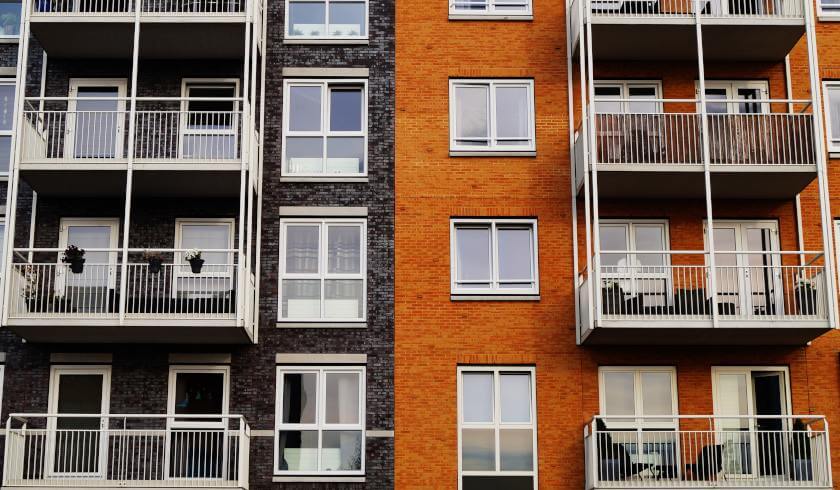Apartments drive 9.7% decline in building approvals
The number of dwellings approved in July contracted by 9.7 per cent over the month and 28.5 per cent over the year, new data from the Australian Bureau of Statistics has shown.

According to the Australian Bureau of Statistics’ (ABS) latest Dwelling Approvals data, the number of building approvals nationwide fell to 12,944 in July, down 9.7 per cent from the previous month and down 28.5 per cent from July 2018, in seasonally adjusted terms.
To continue reading the rest of this article, please log in.
Create free account to get unlimited news articles and more!
Notably, approvals for private sector homes (excluding houses) took an 18.4 per cent dive in July to 4,420, when compared to June, and a significant 44.2 per cent from the figure recorded in July 2018.
Approvals for private sector houses also declined, but less significantly, at 3.3 per cent month-on-month and 16.6 per cent year-on-year to 8,274.
According to the ABS, the value of residential buildings approved slipped by an estimated 5.4 per cent in July, and 9.9 per cent for non-residential building approvals.
On a quarterly basis, dwelling approvals were down 10.5 per cent in the three months to July 2019, when compared to the previous quarter.
Tom Devitt, economist at the Housing Industry Association (HIA), said the decline was driven by multi-unit approvals, which contracted by 20.2 per cent in May-July, while detached house approvals were down 3 per cent.
“Despite the rapid contraction in approvals for multi-units, there remains a large volume of apartments under construction. Developers are delaying seeking approval for apartments at this phase in the cycle, until the record number of apartments that are currently under construction are completed,” Mr Devitt said.
“The downturn in detached house building is more modest in scale, but it remains a sharp downturn.”
The HIA economist added that this indicates that the supply of new homes has not yet bottomed out.
“The two interest rates cuts, a tax cut and the repeal of regulatory restrictions are still expected to encourage increased activity in the home building market. These measures, combined with ongoing stable population and employment growth, should see approvals improve towards the end of the year,” Mr Devitt said.
According to the HIA, seasonally adjusted building approvals in July rose by 34.8 per cent in South Australia, 21.5 per cent in Tasmania, 10.9 per cent in Queensland and 5.8 per cent in Western Australia.
Conversely, approvals fell in Victoria by 24.3 per cent and in NSW by 17.5 per cent.
Earlier this month, the HIA predicted that the supply of new homes would reach its low point soon, at 20 per cent below the 2016 peak, if economic activity improves, dwelling prices stabilise, and credit tightening eases.

